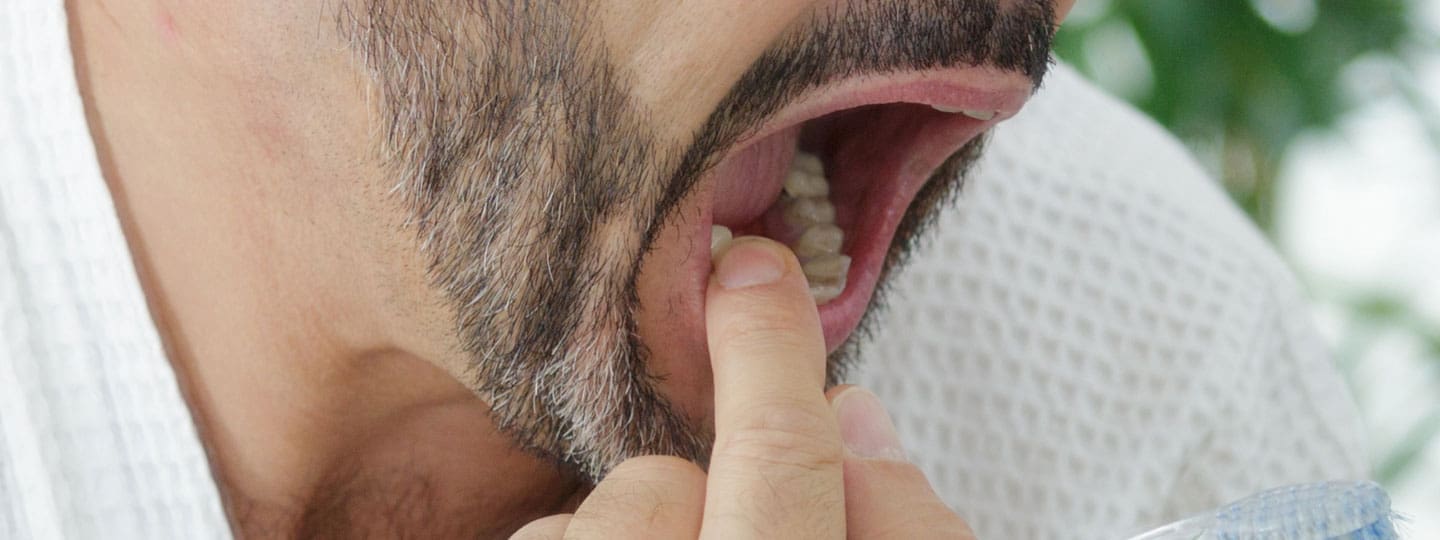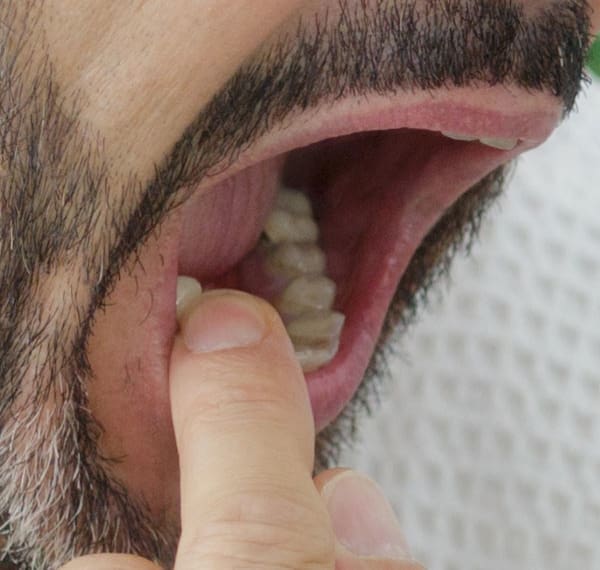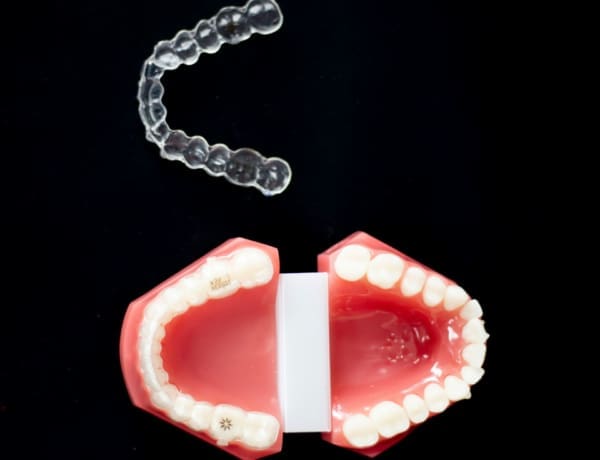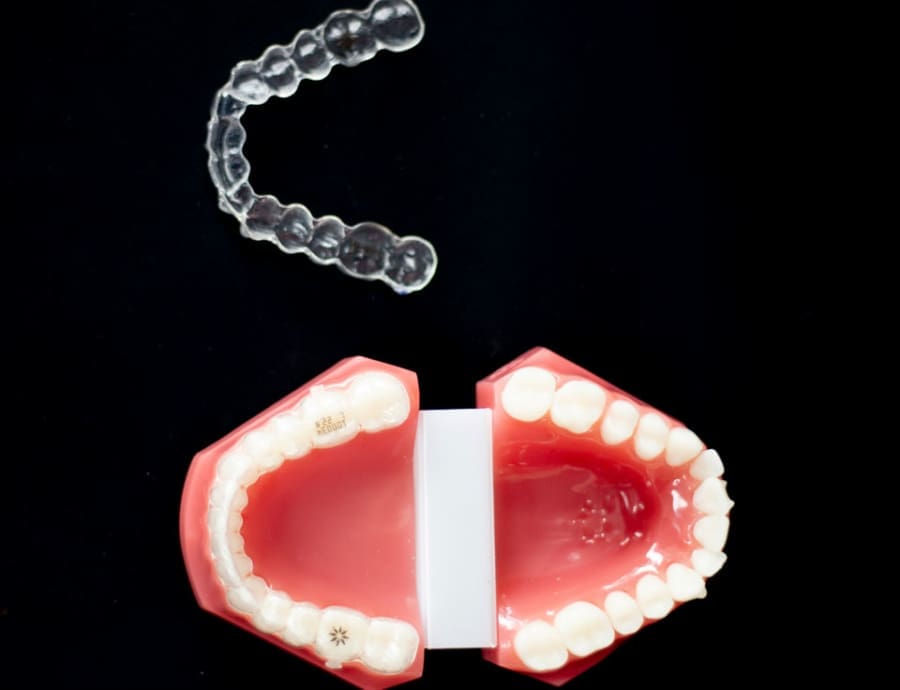While this is a normal part of growth in children as their baby teeth give way to permanent teeth, wobbly teeth in adults can signal underlying dental problems. Loose teeth can be accompanied by discomfort, difficulty in chewing, and even changes in the alignment of other teeth. If left untreated, wobbly teeth may eventually fall out, leading to further oral health complications.


What Are Wobbly Teeth?
Wobbly teeth, also known as loose teeth, refer to teeth that have lost their stable connection to the surrounding bone and gums, causing them to move or shift in the mouth.
Common Causes Of Wobbly Teeth
Understanding the causes and treatment options for wobbly teeth is essential for preserving oral health and preventing tooth loss.

Gum Disease
One of the most common causes of wobbly teeth in adults is periodontal disease. As the gums become inflamed and infected, the supporting structures of the teeth, including the bone, can deteriorate, leading to looseness.
Trauma or Injury
Physical trauma to the mouth, such as a fall or blow, can damage the ligaments and bone that hold teeth in place, resulting in a wobbly tooth. Even less severe incidents, like biting down on a hard object, can sometimes cause a tooth to become loose.
Teeth Grinding (Bruxism)
Chronic grinding or clenching of teeth puts excessive pressure on them, which can weaken the supporting tissues over time and cause teeth to become loose.
Bone Loss
Conditions like osteoporosis, which causes a decrease in bone density, can affect the jawbone and lead to the loosening of teeth.
Pregnancy or Hormonal Changes
Hormonal changes during pregnancy or menopause can affect the gums and bones around the teeth, sometimes leading to looseness. This is usually temporary but should be monitored by a dentist.
Treatment Options
Treatment for wobbly teeth depends on the underlying cause and the severity of the looseness. Common approaches include:
Scaling and Root Planing
For gum disease-induced looseness, deep cleaning procedures like scaling and root planing can help remove plaque and tartar from below the gum line, allowing the gums to reattach to the teeth.
Splinting
Dental splints can be used to stabilise a loose tooth by bonding it to adjacent teeth. This provides support while the surrounding tissues heal and strengthen.
Bone Grafting
In cases where bone loss has caused teeth to become loose, a bone graft may be performed to regenerate lost bone and provide a stable foundation for the teeth.
Mouthguards
For patients who grind their teeth, wearing a custom-fitted mouthguard can reduce pressure on the teeth and help prevent further loosening.
Tooth Extraction
If a tooth is too loose and cannot be saved, extraction may be necessary. The missing tooth can then be replaced with a dental implant, bridge, or denture.
Summary
In summary, wobbly teeth can result from various factors, including gum disease, trauma, and teeth grinding. Early intervention is crucial to stabilise the teeth and prevent further complications, such as tooth loss. Treatment options range from scaling and root planing to mouthguards and tooth extraction. Regular dental check-ups and good oral hygiene practices are essential to prevent and manage wobbly teeth, ensuring a healthy and stable smile.










